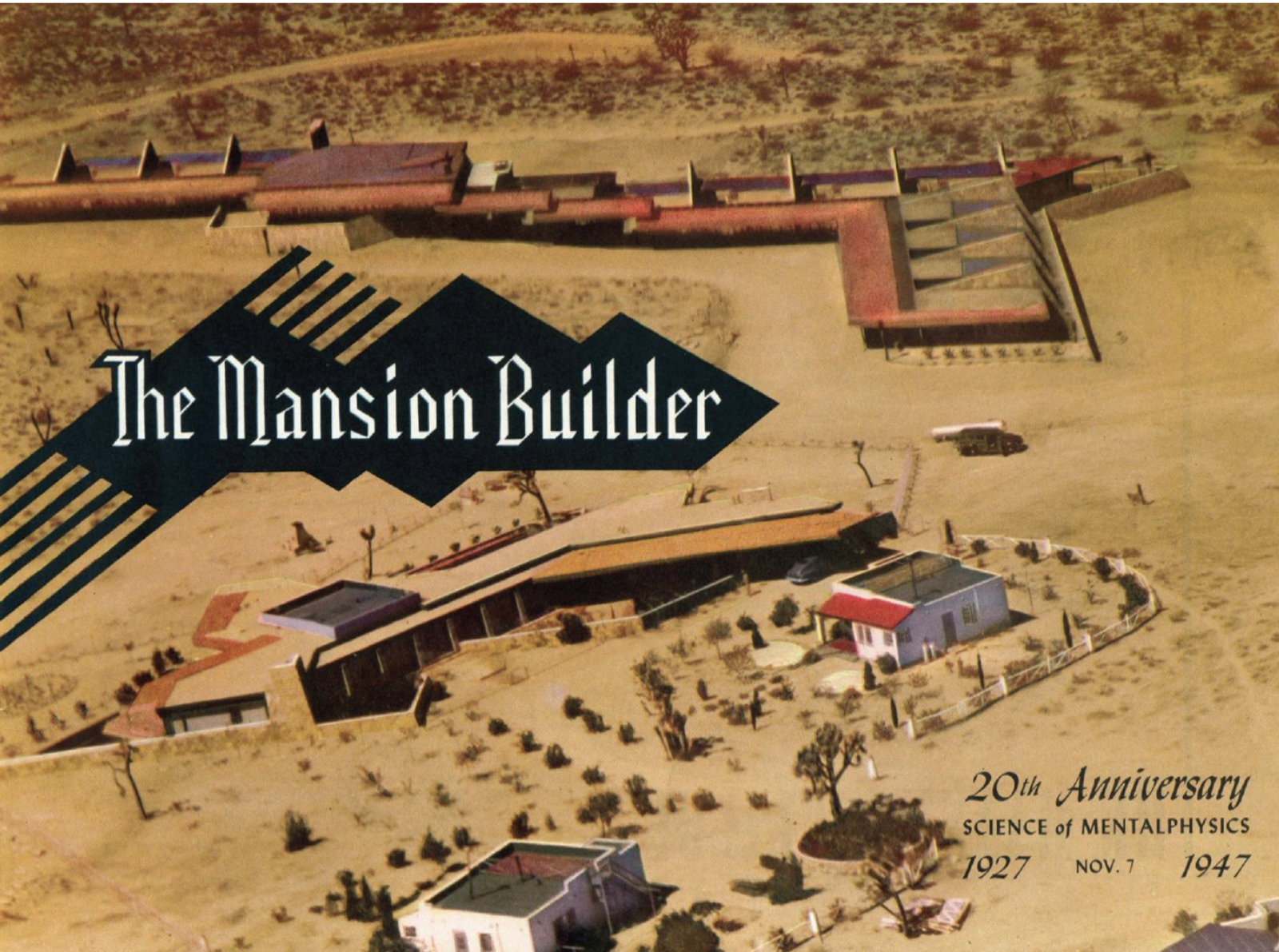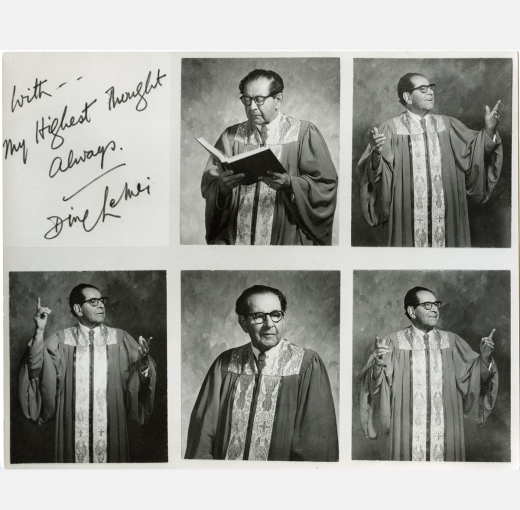Join Architectural Historian Daniel Paul for a presentation on the National Register of Historic Places landmark application he authored for the Institute of Mentalphysics, also known as the Joshua Tree Retreat Center. This exciting lecture will include insight into the property, its history and design, as well as a brief overview of Ding Le Mei, the Founder of Mentalphysics. A multitude of historic and present-day images will accompany the lecture. The presentation will be followed by an architectural walking tour of this remarkable property, which features numerous Midcentury Modern and Organic architecture buildings including the largest collection of Lloyd Wright buildings in his oeuvre.
Lecture will take place at Friendship Hall, within the Caravansary of Joy.
Free, RSVP requested to office.jtrc@gmail.com
About Mentalphysics
Founded in 1927 by British journalist and cartographer Edwin John Dingle, the “Science of Mentalphysics” integrated Eastern and New Thought breathing techniques, mediation, diet, and right-thinking practices. In 1941, Dingle, by then known as “Ding Le Mei” and intending to build an actual town, consecrated the New City of Mentalphysics property, which quickly became a teaching, retreat, and convention site for Mentalphysics practitioners. For its buildings, among various Modern architects, Dingle hired Lloyd Wright the son of Frank Lloyd Wright, and the property features the largest collection of Lloyd’s works in his oeuvre. A mystery to many who pass the Joshua Tree property, Mentalphysics was one of many unorthodox spiritual and teaching disciplines borne from Southern California. According to a 1972 Los Angeles Times obituary for Dingle, Mentalphysics students numbered over 214,000.
About the Presenter
Architectural Historian Daniel Paul has over 25 years’ experience in the historic preservation field. His successfully listed local, state, and federal landmark applications include the Capitol Records building in Hollywood, the entirety of Griffith Park, the Grandma Prisbrey’s Bottle Village folk art environment, and early US Border Inspection Stations in Vermont. Local projects have included National Register of Historic Places landmark applications for the Integratron and Pioneertown’s Mane Street. Daniel is an expert in recent past architecture, having authored analyses and lectured widely upon Late-Modern architecture of the 1970s and early 1980s, and he holds a master’s degree in Art History from the California State University, Northridge.


